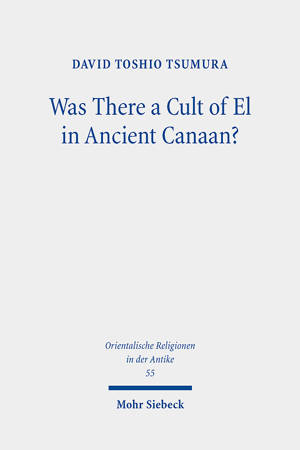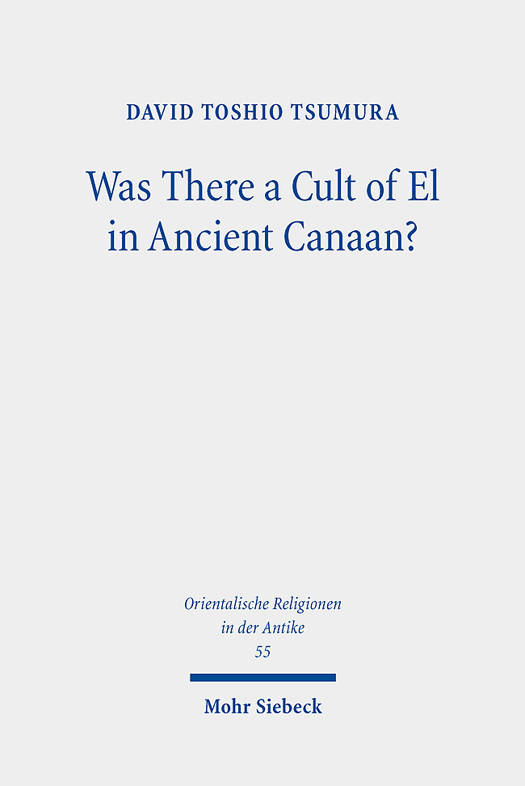
- Afhalen na 1 uur in een winkel met voorraad
- Gratis thuislevering in België vanaf € 30
- Ruim aanbod met 7 miljoen producten
- Afhalen na 1 uur in een winkel met voorraad
- Gratis thuislevering in België vanaf € 30
- Ruim aanbod met 7 miljoen producten
Zoeken
Was There a Cult of El in Ancient Canaan?
Essays on Ugaritic Religion and Language
David Toshio Tsumura
€ 135,95
+ 271 punten
Omschrijving
Since their discovery in 1929, Ugaritic documents have shed light on the Canaanite background of the ancient Israelite religion. But to use them properly, it is crucial first to interpret the texts philologically in their historical and cultural context. In particular, we must grasp the characteristics of polytheism from within, without imposing a Western understanding of deity. David Toshio Tsumura examines a number of mythological and liturgical texts in detail for how they interpret deity, and especially deals with the different meanings of the Ugaritic term IL, a cognate of the Hebrew el, "god." This can be a generic noun, "god," proper name "El,"or a term for the collective godhead "The Deity." Thus, the author sheds light on ancient Canaanite religious practices and social customs essential for a better understanding of Old Testament literature.
Specificaties
Betrokkenen
- Auteur(s):
- Uitgeverij:
Inhoud
- Aantal bladzijden:
- 310
- Taal:
- Engels
- Reeks:
- Reeksnummer:
- nr. 55
Eigenschappen
- Productcode (EAN):
- 9783161612787
- Verschijningsdatum:
- 1/02/2024
- Uitvoering:
- Hardcover
- Formaat:
- Genaaid
- Afmetingen:
- 239 mm x 170 mm
- Gewicht:
- 231 g

Alleen bij Standaard Boekhandel
+ 271 punten op je klantenkaart van Standaard Boekhandel
Beoordelingen
We publiceren alleen reviews die voldoen aan de voorwaarden voor reviews. Bekijk onze voorwaarden voor reviews.











